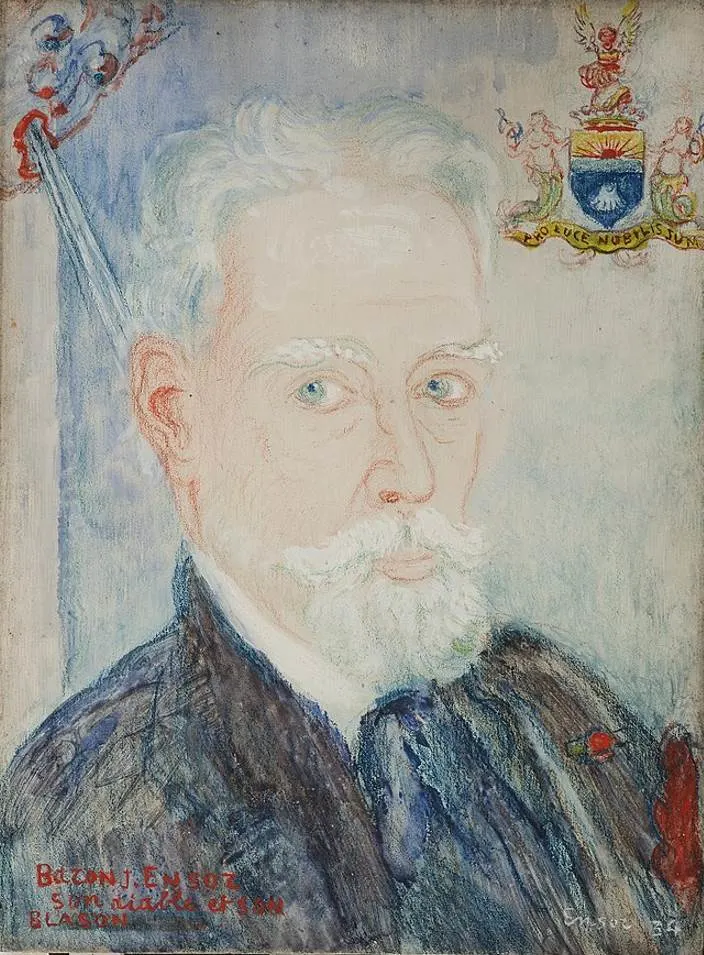Although the name of this renowned Symbolist artist sounds English, he was born and raised in Belgium and spent his entire career in his home country.
James Ensor (1860-1949) was a revolutionary artist in the late 19th century and an important figure in the transition to modern art.
What made him so famous and why was he such an influential Belgian artist? In this article, you’ll discover some of the most interesting facts about James Ensor, his paintings, and his life.
1. His father was a Belgian who was born to English parents
James Ensor was a Belgian artist and the reason why his name sounds rather English is fairly simple. He was named after his father, James Frederic Ensor, who was born in Brussels to English parents.
Ensor himself was born in Ostend on April 13, 1860. This is the largest city on the Belgian North Sea coastline.
His father was a talented man who studied engineering in England and Germany. His mother was a Belgian woman named Maria Catherina Haegheman.

2. He studied art at the Académie Royale des Beaux-Arts in Brussels
Unlike his father, the young James had little ambition to pursue an academic career. He dropped out of school at the age of 15 and started an apprenticeship with two local painters.
When it became clear that he was highly talented, he was able to study art at the Académie Royale des Beaux-Arts in Brussels, the most prestigious art institute in the country.
He studied there between 1877 and 1880 and started exhibiting his paintings in 1881. He completed his early paintings in the attic of his parents’ house in Ostend.

From here, he painted The Rooftops of Ostend (1884), the view he had from this studio in his parents’ house.
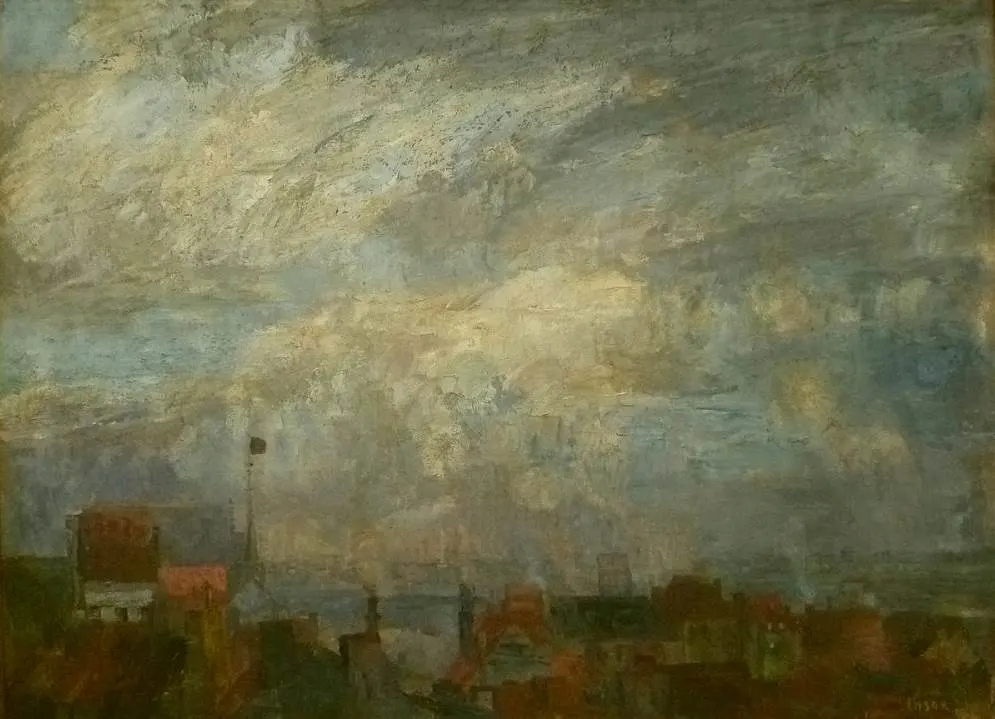
3. He lived and worked his entire life in Ostend on the Belgian coast
Apart from a couple of brief trips to France, the Netherlands, and London in the late 19th century, he never left his native city.
This is emphasized by the fact that he had a daily walking routine in his home city which sort of became an attraction during the final decades of his life.
Furthermore, he refused to leave the city during World War I, a dark time in history when it became clear that the bombing of Ostend was imminent.
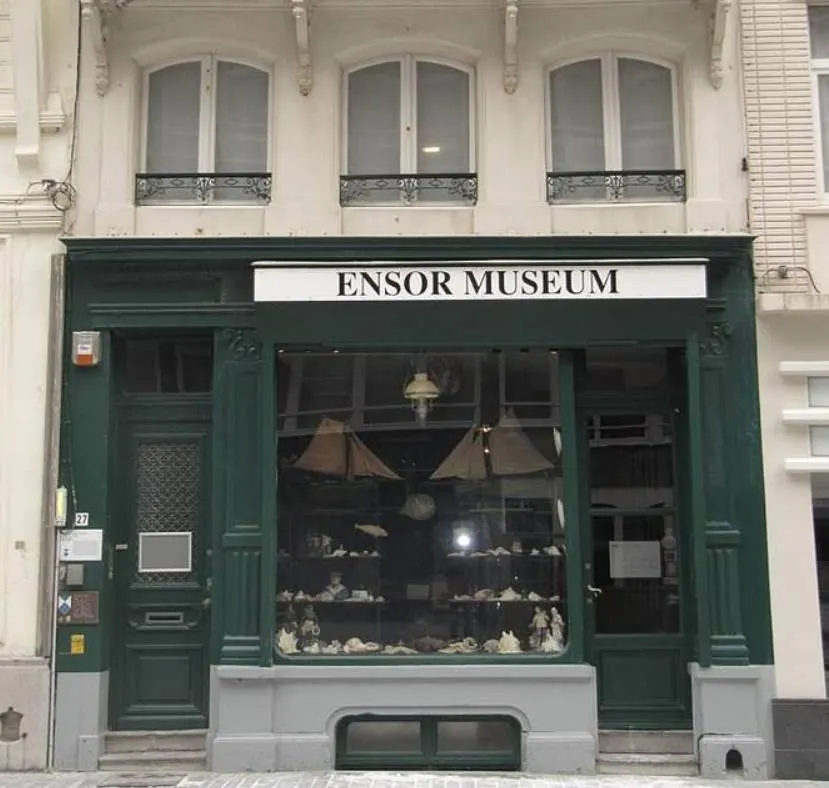
He lived and worked in his parents’ house for several decades and produced some of his most notable works here.
Later in 1917, he inherited a large house from his uncle and this became his studio and dwelling for the remainder of his life.
Today, it’s a museum that features original furniture and interactive displays related to the life of James Ensor.
4. His first couple of paintings were realistic depictions of everyday life
The first years of his career were defined by what he had learned at the Académie Royale des Beaux-Arts in Brussels.
His first paintings were rather gloomy depictions of everyday life, often in an interior setting. As time went by, he started experimenting with brighter colors.
He didn’t change his subject matter until the period between 1888 and 1892, the start of the most prolific period of his career.
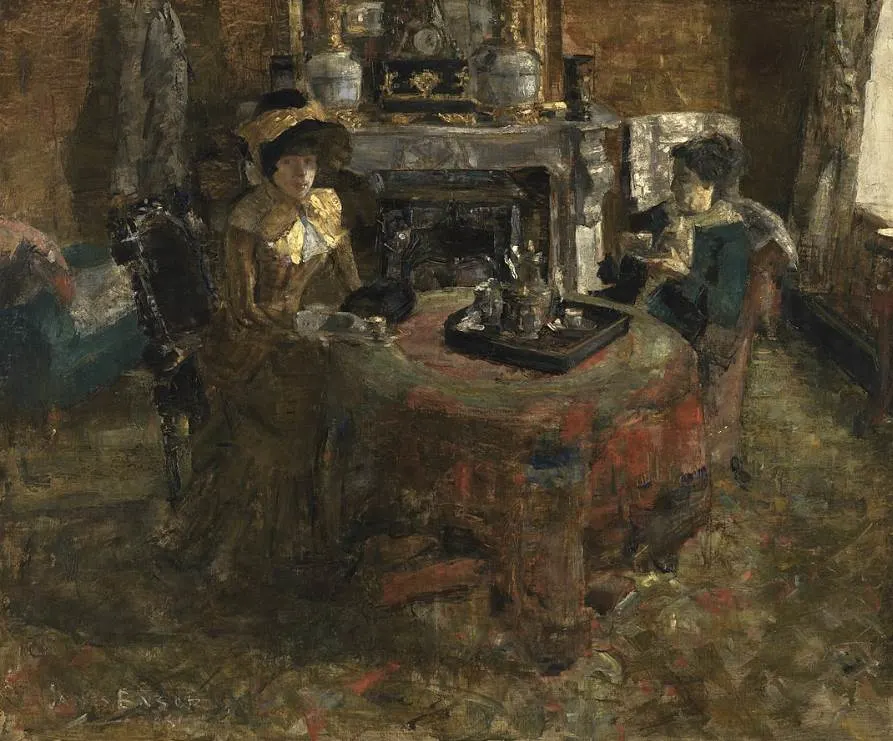
5. There’s a reason why skeletons and masks play a big role in Ensor’s oeuvre
Did Ensor become bored with painting common subjects or did something else spark his sudden transition of both subject and the use of color?
The answer might lie in the fact that his mother ran a local gift shop that sold items for the annual carnival in Ostend. It featured grotesque masks and skeletons among other peculiarities.
Masks and skeletons became a recurring subject in Ensor’s paintings and it’s certain that the ones his mother sold served as his inspiration.
The deeper reason why he included masks was that he could avoid taboo subjects and paint with complete freedom.
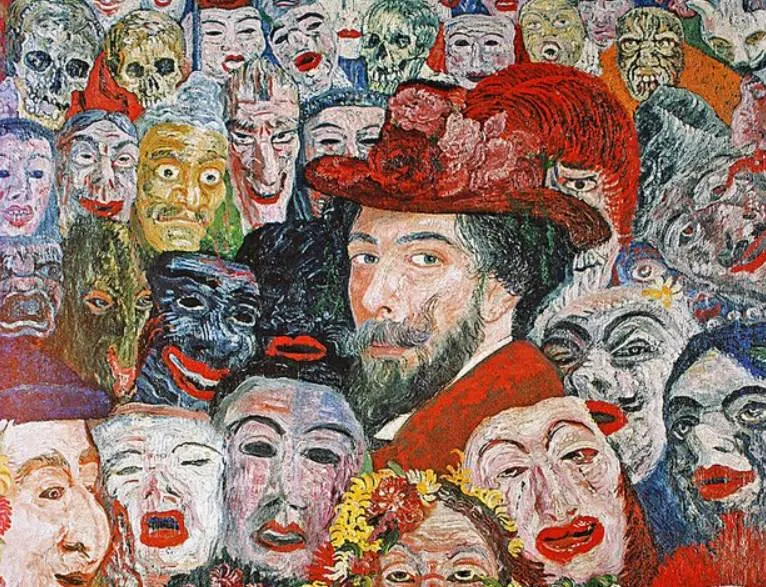
6. He completed his most famous work in the late 1880s
James Ensor was one of the founding members of an artistic group called “Les XX” in Brussels in 1883.
What’s remarkable is that he helped to form this group because one of his paintings “The Oyster Eater” (1883), was rejected by a former group called ” L’Essor.”
He completed his most famous work, “Christ’s Entry Into Brussels in 1889” in 1888. This painting ended up being rejected by the group he formed. He left Les XX in 1893 because of this.
The Belgian artist never got over this rejection and often included derogatory elements related to Les XX in subsequent works. Figures vomiting on the group’s logo was just one of them.
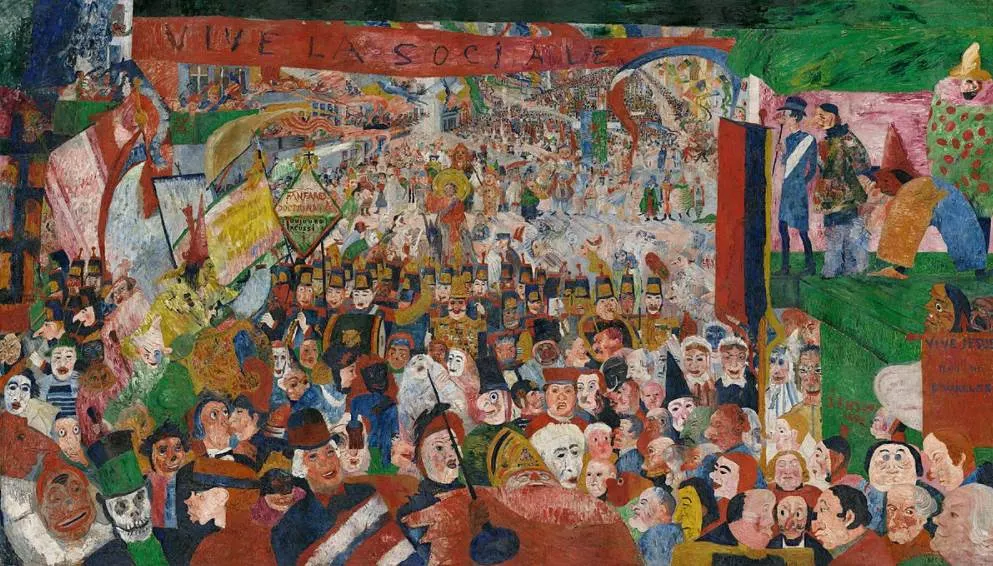
7. He painted much less in the 20th century because of his love for music
The two final decades of the 19th century were the most prolific in Ensors career as a painter. The final 4 to 5 decades are considered to be way less original.
Some art critics claim that he simply rehashed elements of former works. His most notable paintings during the final years of his life were still lifes which pretty much explains everything.
The main reason was that he increasingly focused on music instead of painting. This is remarkable because he didn’t have any formal training in music whatsoever.
He played the Harmonium and completed a composition titled “The Scale of Love” (1907) which could serve as a complete ballet performance. He even produced the sets and costumes for this work as well.
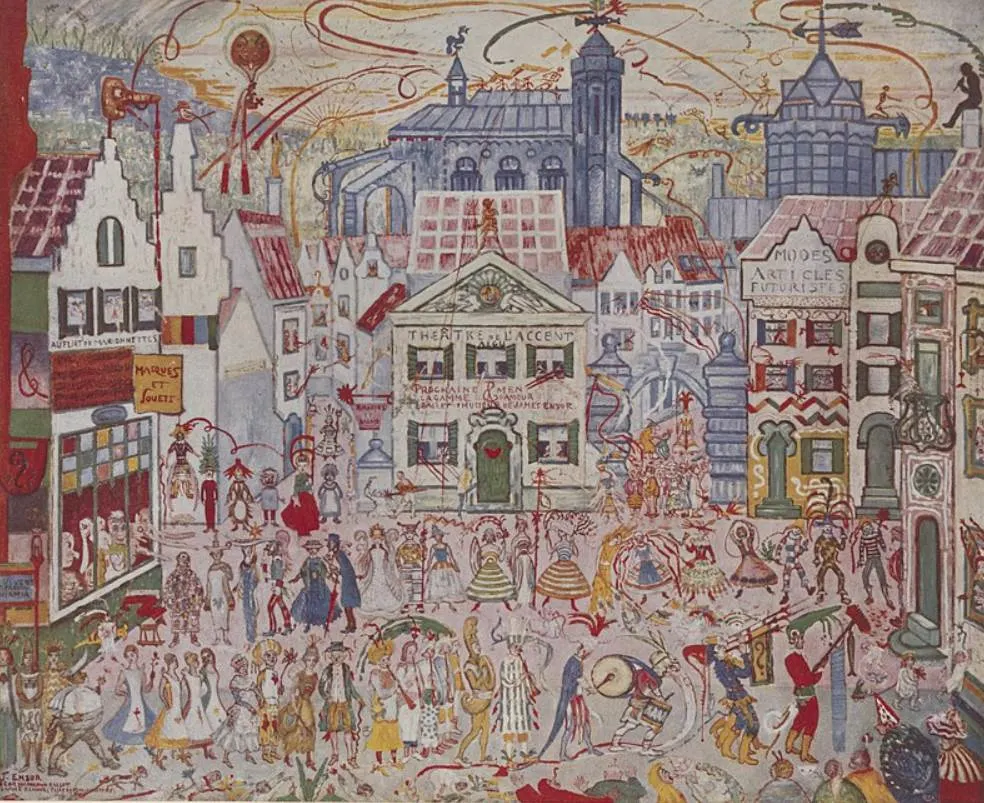
8. James Ensor was also a prolific printmaker who completed 133 etchings
His artistic talent went further because he was also a very prolific and talented printmaker. He understood the importance of this medium because prints can easily be replicated.
He once commented on his etchings saying:
Yes, my intention is to go on working for a long time yet so that generations to come may hear me. My intention is to survive, and I think of the solid copper plate, the unalterable ink, easy reproduction, faithful prints, and I adopt etching as a means of expression.
In line with his productivity related to paintings, he completed 133 etchings in his career of which 86 were produced between 1886 and 1891.
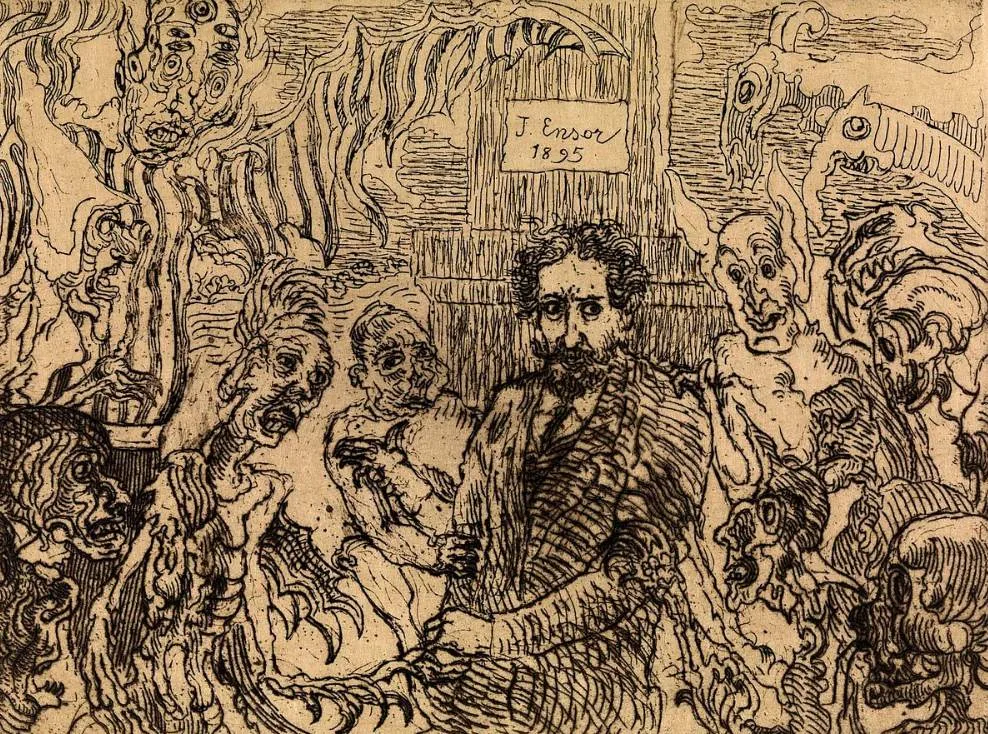
9. His artworks were the precursor of many art movements
Because his style was so unique, his paintings are considered to be precursors to a wide variety of art movements that emerged in the 20th century.
Ensor himself once stated that his art inspired Fauvism, Cubism, Expressionism, Futurism, and Surrealism.
Although this might be somewhat of an exaggeration, he certainly played a major role in the development of Modern Art.
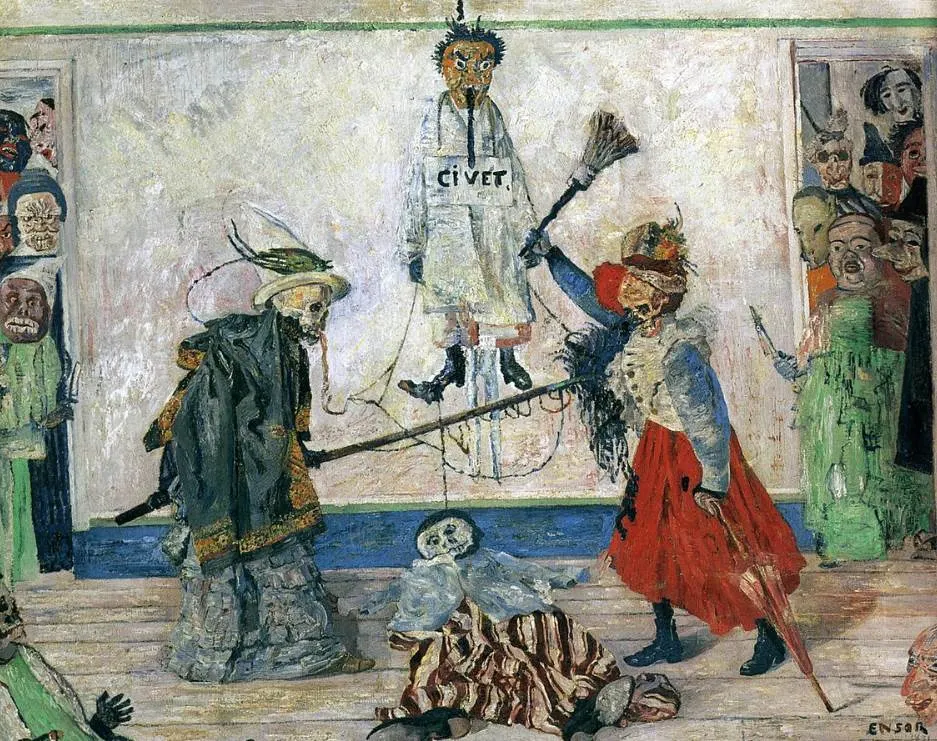
10. He received many prestigious Belgian honors during his lifetime
Some of Ensor’s etchings were highly political and even mocked the Belgian Royal family. He tried his best to hide these from the public after he was awarded several great honors.
He became a Commander of the Order of Leopold in 1919, one of three honorary orders of knighthood in Belgium, and the Legion of Honor was added to it in 1933.
He earned his most prestigious award in 1929 when he was named a Baron by King Albert in the year 1929. From then on, he was referred to as “James, Baron Ensor.”
One last fact about James Ensor, he retained his English nationality until 1929 and only became Belgian the year he was named a Baron.
